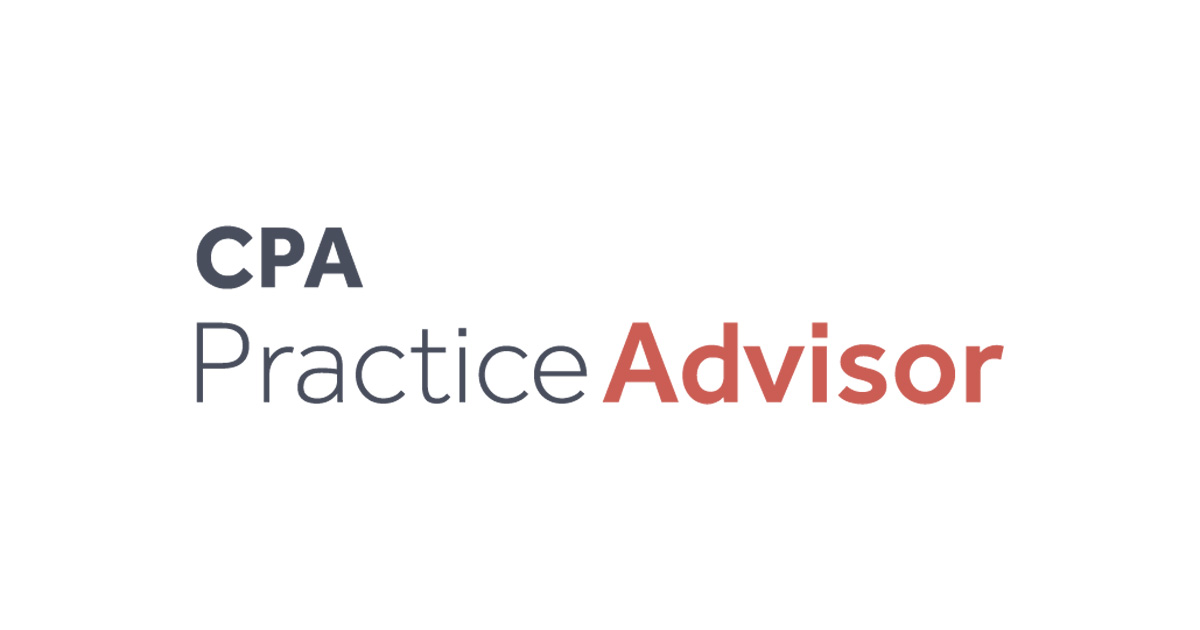Let’s face it, the accounting profession has developed a bad reputation – toiling through long hours chained to a desk, crunching numbers, deciphering archaic tax codes and grinding out tedious tasks, all for lower starting pay and heavy licensing requirements.
The sector is at an inflection point with staffing challenges – one that offers both risk and opportunity. Competitive firms looking to seize that opportunity need to modernize their approach to investing in both technology and staff development to enable professionals at all levels of the firm to elevate how they serve clients and dive into their professional purpose as accountants.
A look at the (frightening) numbers
There are two sides to the talent supply problem – accountants are leaving the profession at alarming rates and new graduates aren’t choosing to study accounting. The number of graduates in the U.S. receiving Bachelor’s and Master’s degrees in accounting has dropped 17% over the past six years to roughly 66,000 in 2022 compared to 80,000 in 2016, according to the AICPA 2023 Trends Report.
Compounding the problem is the increased demand for accountants. The U.S. Bureau of Labor Statistics estimates employment of accountants and auditors to grow by about 4% each year through 2032, with an annual number of job openings expected to be about 126,500. This is mostly driven by those leaving the profession because of retirements, career changes and other reasons. The results are profound: more than 99% of the top CPA firm leaders in the US said they can’t adequately fill their staffing needs domestically.
A new generation of workers
Newly minted graduates also may have different expectations of work than their predecessors. In fact, by 2030 Gen Z will make up 30% of the workforce. Gen Z is the first generation of true digital natives who grew up with smartphones and access to the Internet.
Each generation has its expectations about what professional life should look like and Gen Z is not different. Flexibility and a healthy balance between work and personal life are key with 73% of Gen Z wanting permanent flexible work alternatives. They want to spend less time on monotonous work and instead access the technology, automations, and resources to become a trusted business advisor and make work easier and more fulfilling.
The solution
Changing the industry’s perception isn’t easy, yet firms can leverage technology to adapt to the changing landscape and embrace a new way of working. This evolution in thought will help firms meet recruiting challenges, aid in retention, and drive growth.
Firms don’t often consider technology investments as connected to HR or culture and most view it as a cost that should be kept to a minimum. By investing in technology, firms will increase flexibility, and upskill their staff in meaningful ways – creating an innovative culture in the firm that leads to opportunities for differentiation and success in talent management.
Capitalize on Technology
One significant implication of having less staff is that firms need to do more with less. Investments in software help to modernize the workplace, heighten productivity, and enable firms to stay competitive.
Consider the steps many firms took between completing a tax return for their client and eFiling. Accountants must manually create PDFs from the tax forms and send them via email to their client. The client then prints, signs, scans, and returns the form to the accountant. Once received, the forms need to be filed in a local drive or file share, the status at each step needs to be manually tracked, and only then can the accountant eFile the return.
Technology solves this problem by enabling a same-day turnaround for a process that took multiple days. A firm using an integrated suite (ideally in the cloud) can simply publish the return and consent forms directly to a secure client portal. The client then reviews information and electronically signs the consent form which is filed automatically in the firm’s document repository. Each step is automatically tracked, and sometimes, the return is automatically eFiled. Once filed, a bill is automatically generated and sent electronically to the client who can in turn pay almost immediately. This software is commercially available and hardly ground-breaking, yet many firms haven’t made this basic investment.
Invest in People
Access to technology alone isn’t going to solve the talent drought. When it comes to retaining talent, firms need to reframe their perspective toward professional development. This means building employees’ skillsets through technology and encouraging mentorship opportunities from senior staff. Firms that prioritize education and training are more likely to see increased efficiency and productivity. Establishing a safe environment where newer staff can ask questions of senior staff gives young accountants the chance to grow and more experienced members the chance to give back.
Bottom line: Invest to grow
Rather than viewing the accounting labor shortage as a crisis, I would argue that it represents an opportunity to transform the profession. Investing in technology, creating a culture of development, fostering work-life balance, and promoting collaboration and teamwork will drive firms into the future, where customers are better served and the accounting profession instills passion among its employees.
====
Dean Sonderegger is Senior Vice President and General Manager, Canada and Research & Learning of Wolters Kluwer Tax and Accounting North America. He’s responsible for accelerating Wolters Kluwer’s vision and strategy, with a particular focus on the rapid development of advanced digital products and services to enhance customers’ efficiencies and workflow. Previously, Sonderegger served as Senior Vice President and General Manager of Legal Markets Group and Innovation for Wolters Kluwer Legal & Regulatory US.

